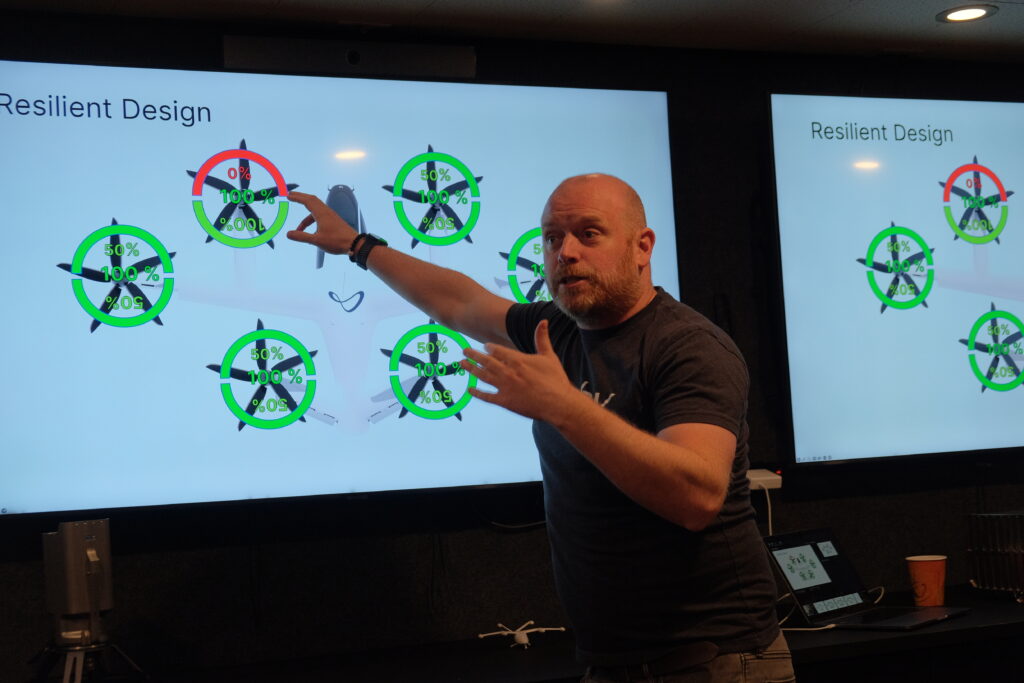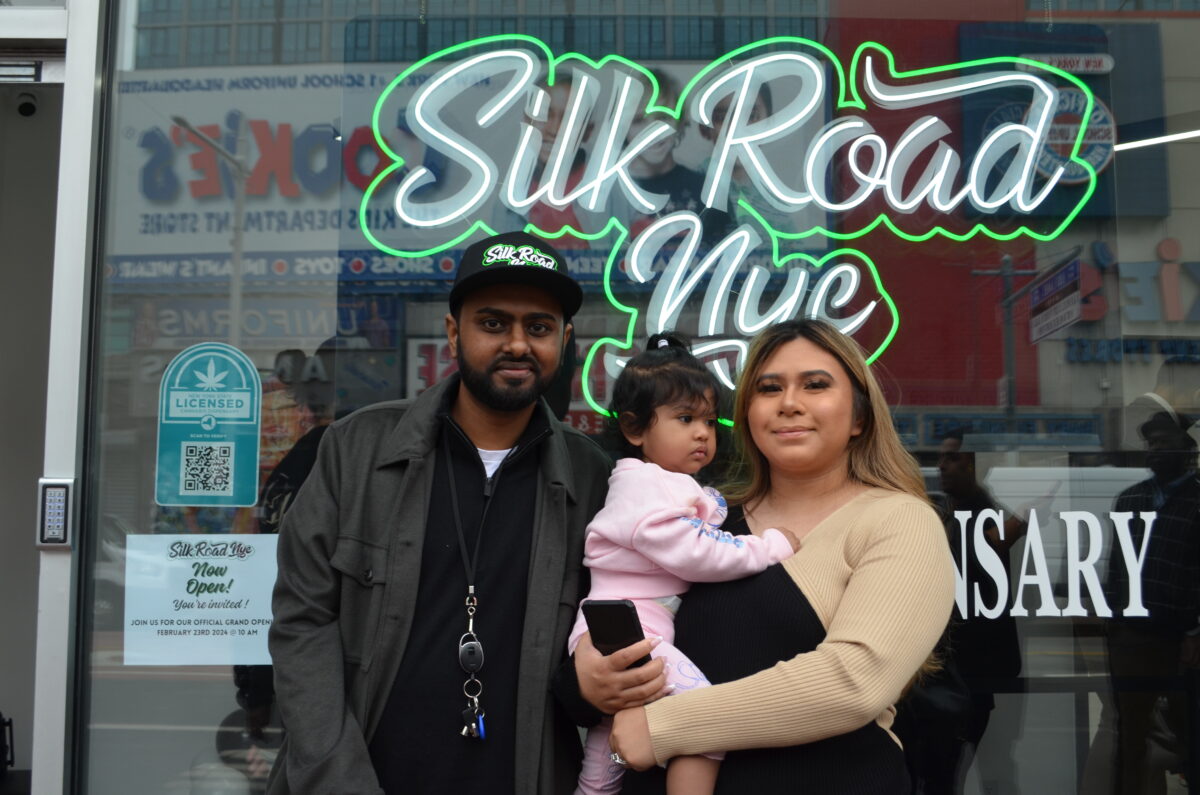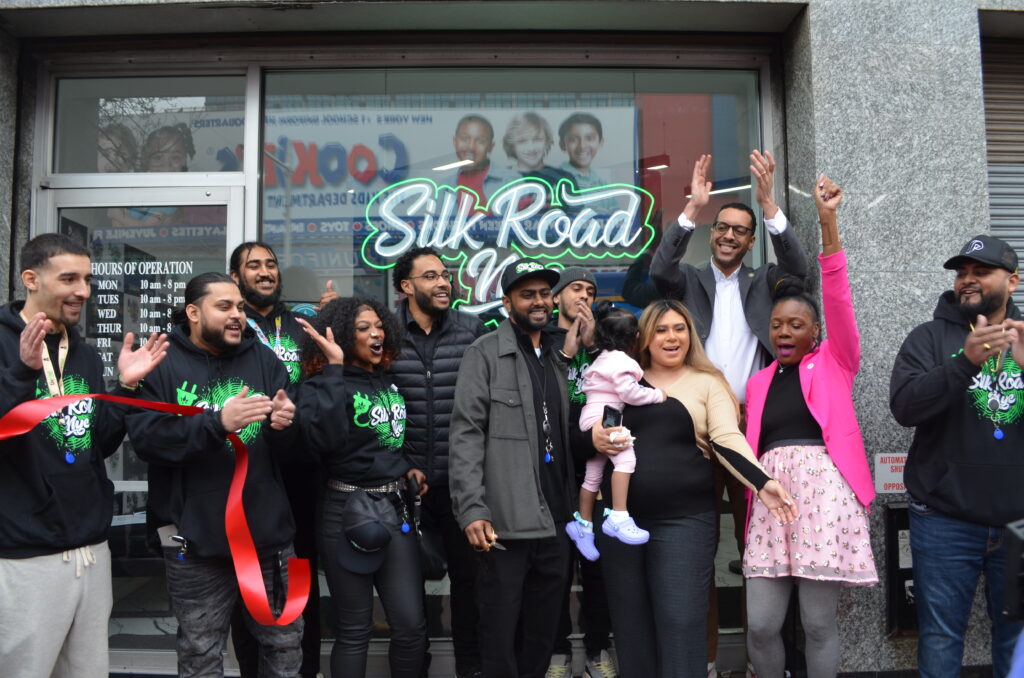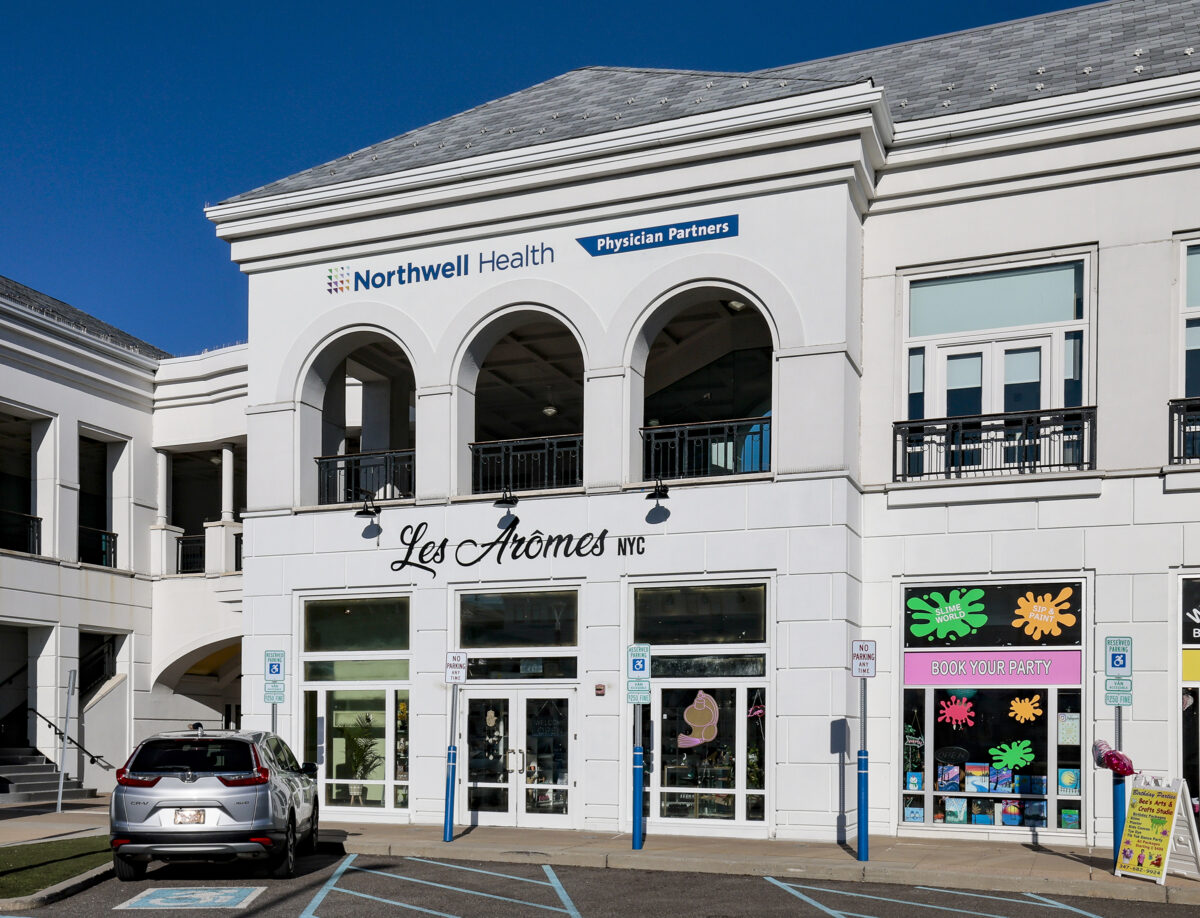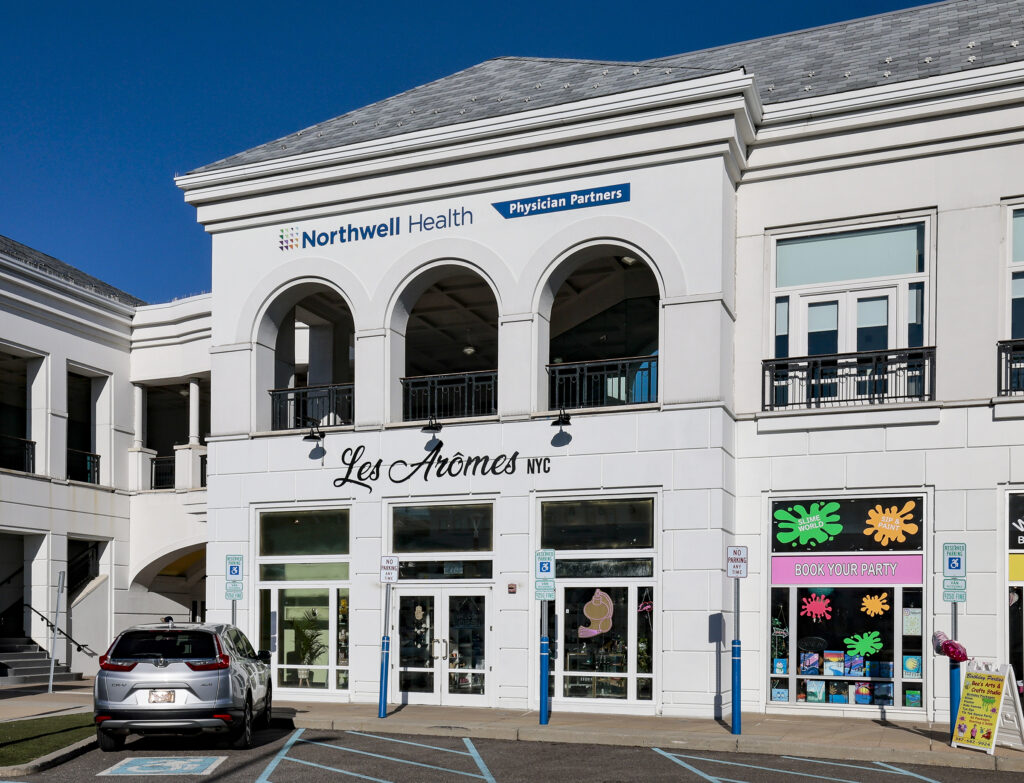Mayor Adams Zoning Overhaul Sparks Debate on Affordability in Long Island City
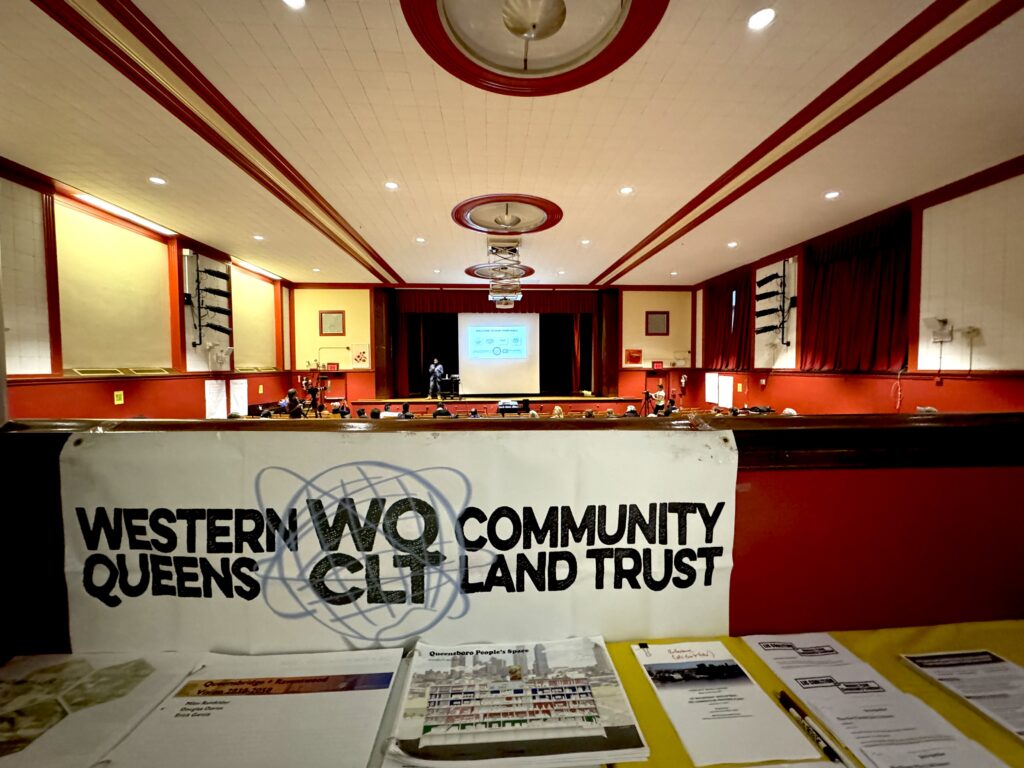
Courtesy René Salazar
The Western Queens Community Land Trust provided attendees with resources and information
on housing and community projects.
By René Salazar, Freelancer
Community groups in Queens, including the Western Queens Community Land Trust, the Justice For All Coalition, and Racial Impact Study Coalition, convened a town hall meeting at P.S. 111 Jacob Blackwell in Long Island City on March 23. The gathering aimed to delve into concerns surrounding the City of Yes for Housing Opportunity proposal, a zoning reform initiative geared towards alleviating the housing shortage in New York City neighborhoods.
During the meeting, organizers delivered a presentation elucidating the essence of the City of Yes for Housing Opportunity, spearheaded by Mayor Eric Adams, and its potential ramifications on the community. Attendees received informational materials and resources concerning housing and community initiatives.
In addition, organizers provided QR codes for attendees to scan, facilitating access to resources, and set up an interview station where individuals could share their thoughts in private.
Residents expressed apprehension about the swift transformations in the neighborhood, with many expressing fears that the City of Yes for Housing Opportunity proposal’s approval could hasten gentrification in the locality and its environs.
Following the presentation, an open dialogue unfolded between attendees and organizers, focusing on community needs, deficiencies, and desired changes. Memo Salazar, co-chair of the Western Queens Community Land Trust, underscored the significance of community input, urging residents to voice their concerns to elected officials.
“We are trying to get the ball rolling and that starts with you and your thoughts and ideas. You know best because you live here,” Salazar said. “This is your home, so we need to hear. What do you need? And then we need to go to our elected officials and tell them that. That’s why we are here, we are here because this is home.”
After the discussion, attendees were prompted to share their perspectives on posters displayed throughout the school auditorium, addressing inquiries about necessary programs, educational resources, career training, and job opportunities.
Community members expressed apprehension regarding the neighborhood’s rapid transformation, with many fearing that the City of Yes for Housing Opportunity proposal could exacerbate gentrification in the area. Christina Chaise, a long-time Queens resident, voiced concerns about the potential impact on the Queensbridge public housing development.
“No doubt Queensbridge will be the most impacted and literally we’ll be positioned to live in the shadows if this rezoning plan goes through” Chaise said. “When I think about what it means to build more affordable housing. I think, with the definitions that exist by the department of city planning, does not favor deeply affordable housing. I don’t think it’s real affordable housing”
The proposal primarily aims to modernize zoning regulations by implementing various initiatives, including the elimination of parking mandates, incentivizing up zoning, facilitating residential conversions, introducing town center zoning, and promoting small accessory dwelling units.
“We are here, we are voters just like the other people that are voters, but we vote long term. We are not leaving” Salazar said.
Attendees exhibited skepticism towards the credibility of Mayor Adams’ proposal, questioning its efficacy in addressing affordability issues. Mayor Adams, however, emphasized the proposal’s focus on permanent affordable housing, assuring that up zoning would be contingent upon the provision of affordable housing units.
“Affordable housing is what we need. We are going to allow buildings to get 20% bigger only if they use the new space to deliver permanent affordable housing” said Mayor Adams in his proposal announcement.
The town hall concluded with organizers urging community members to engage further by attending additional meetings and communicating with their representatives. Mayor Adams’ City of Yes for Housing Opportunity proposal is slated to undergo public review later in the spring of 2024.
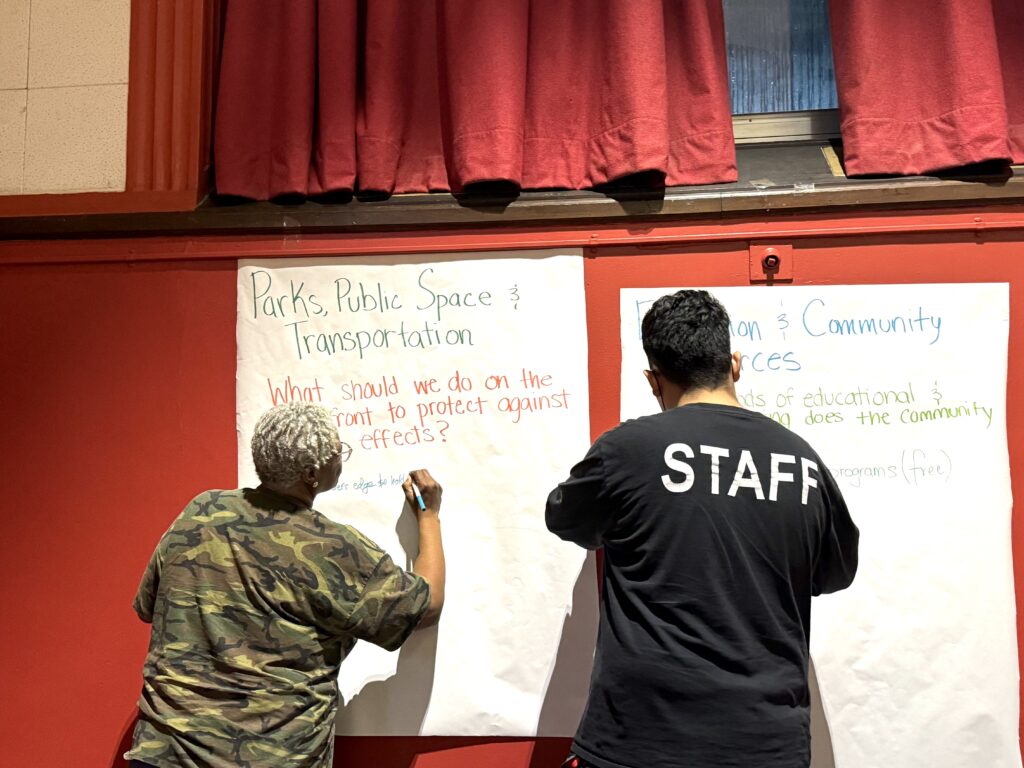
Courtesy René Salazar
Community members write their thoughts on poster paper provided by event organizers.



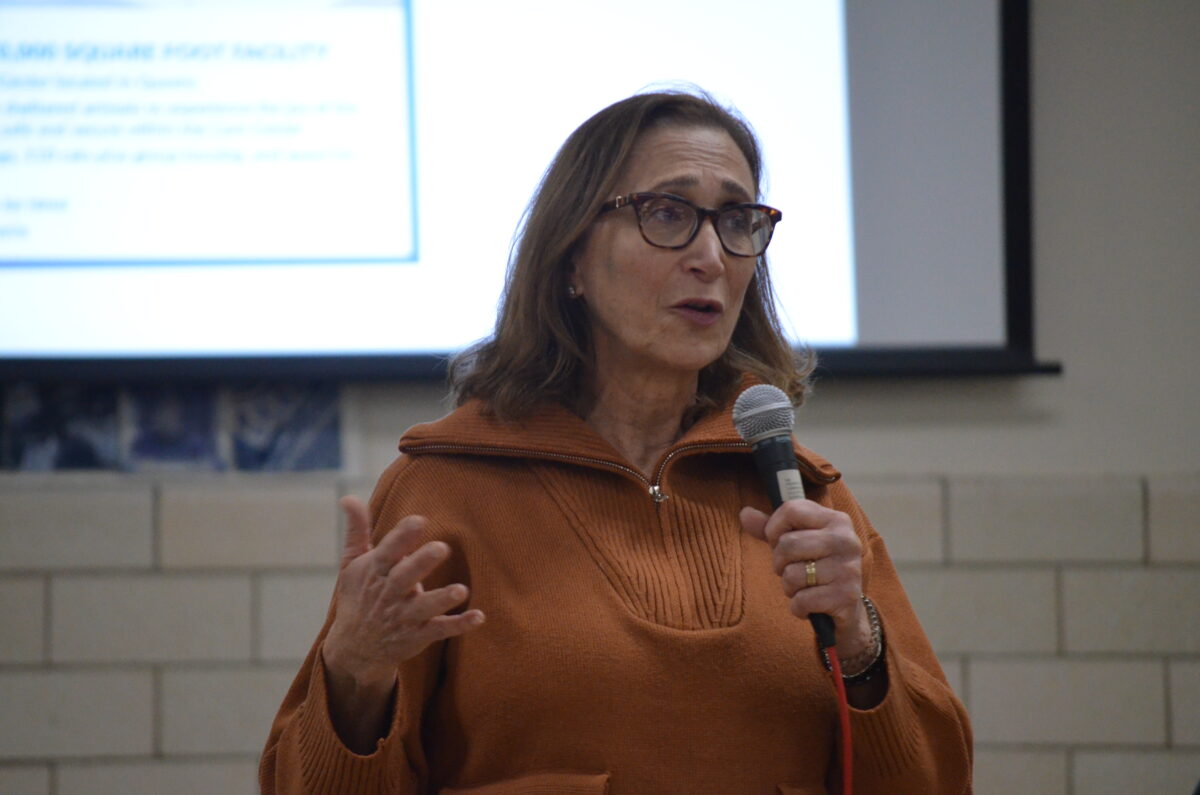

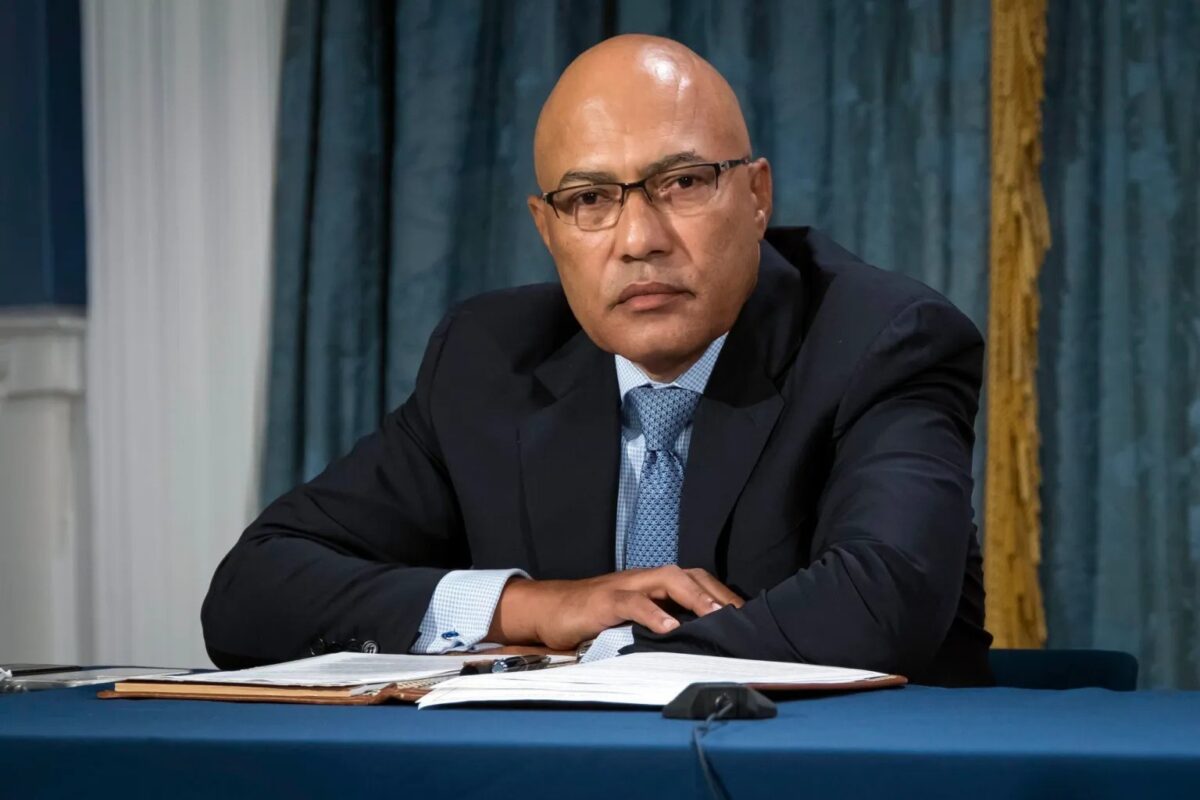
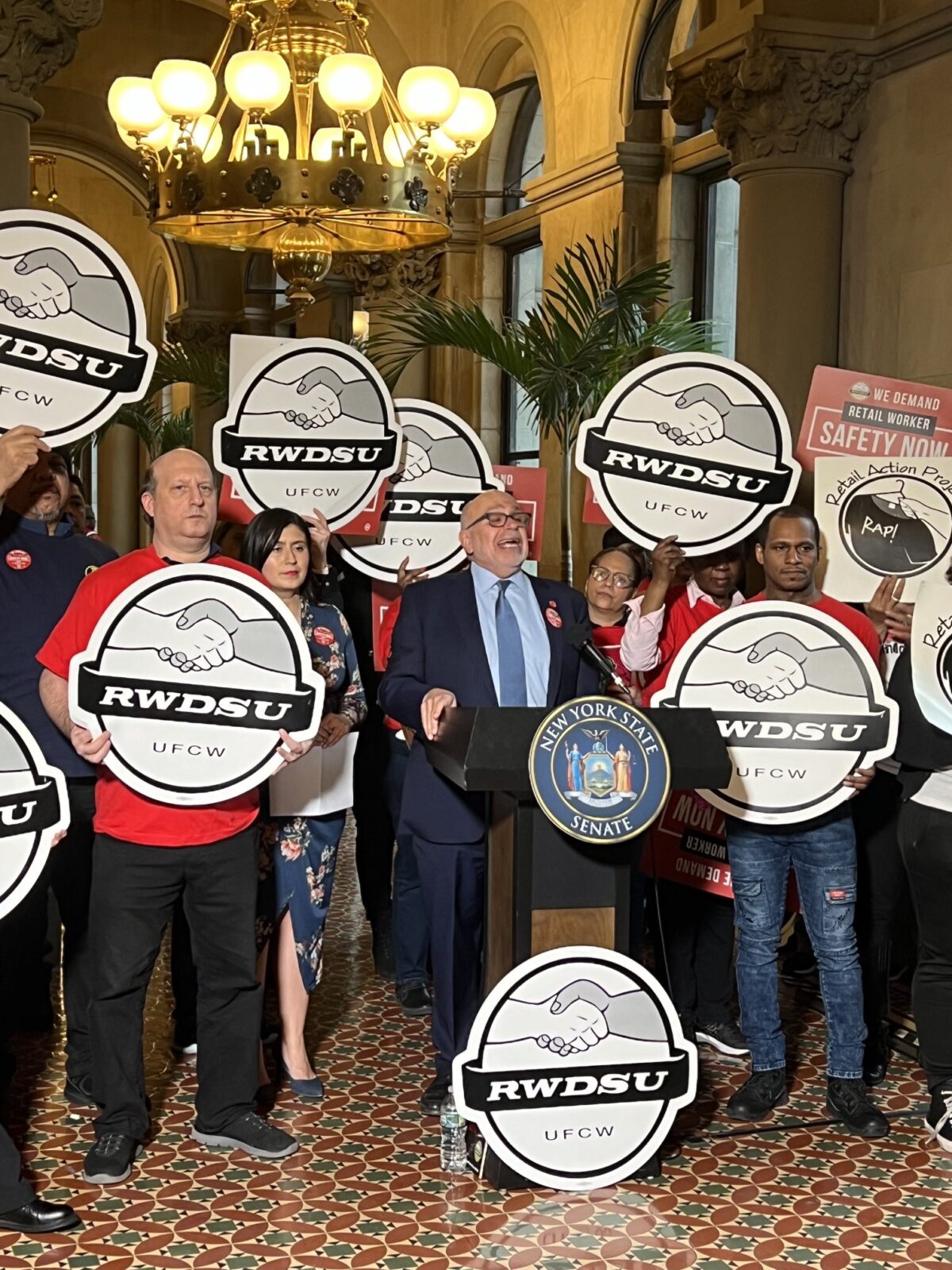
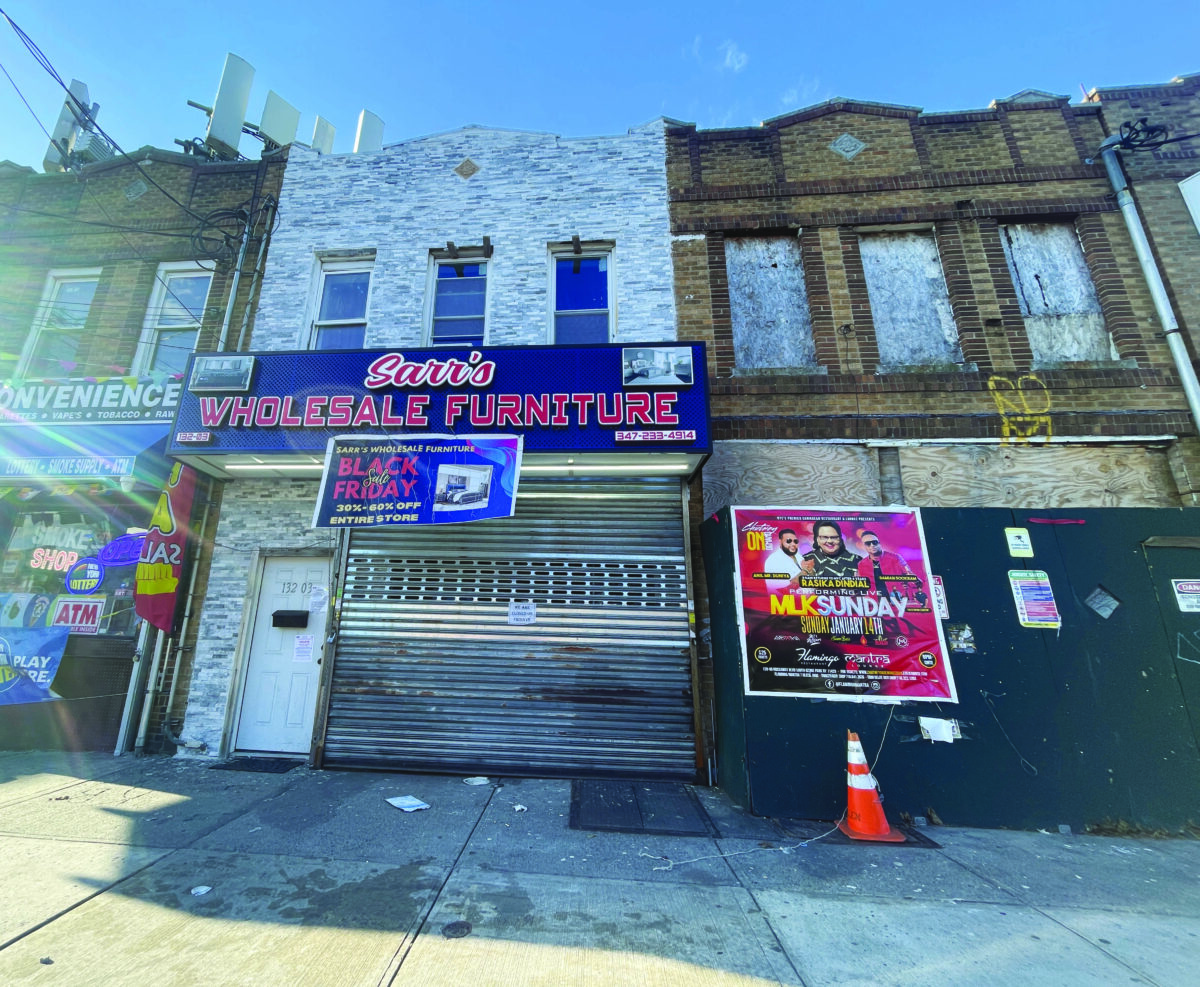
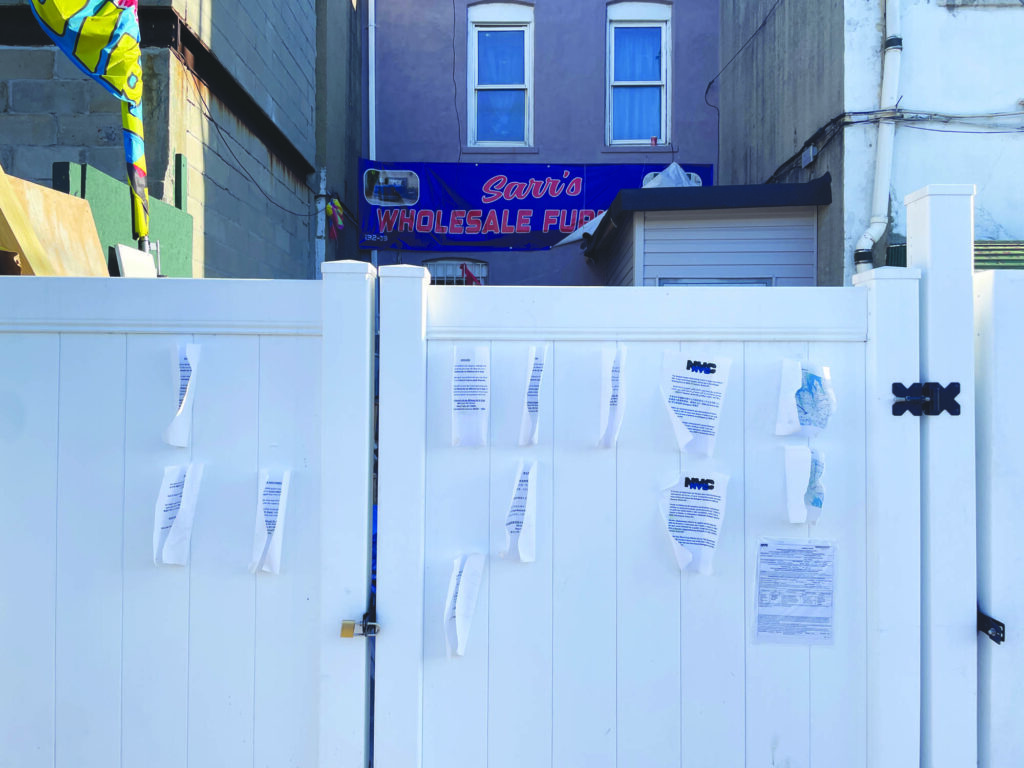

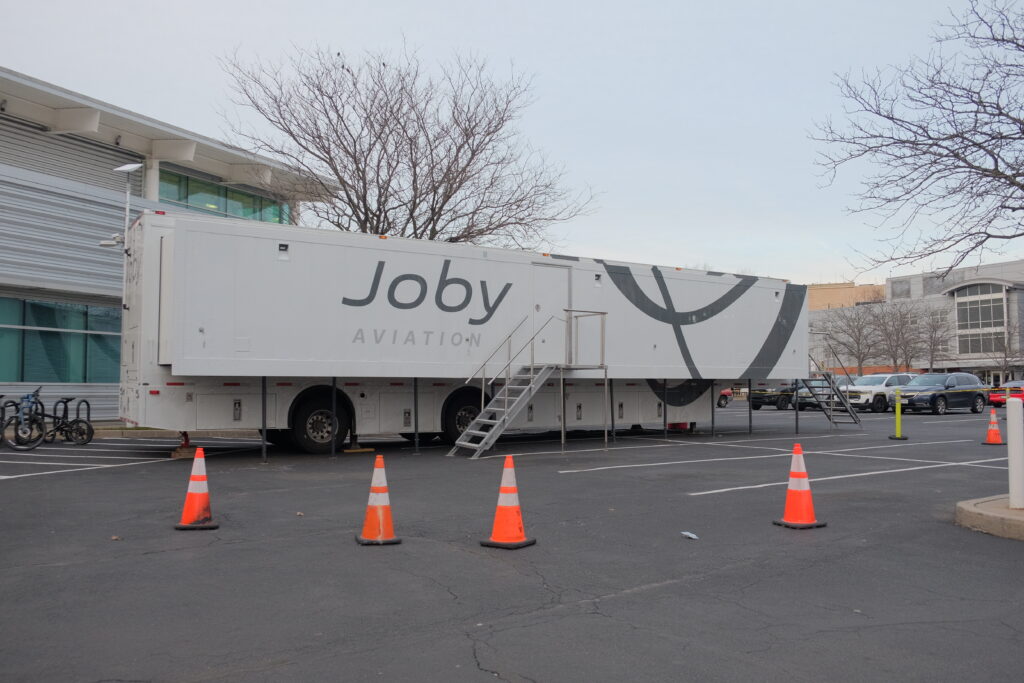
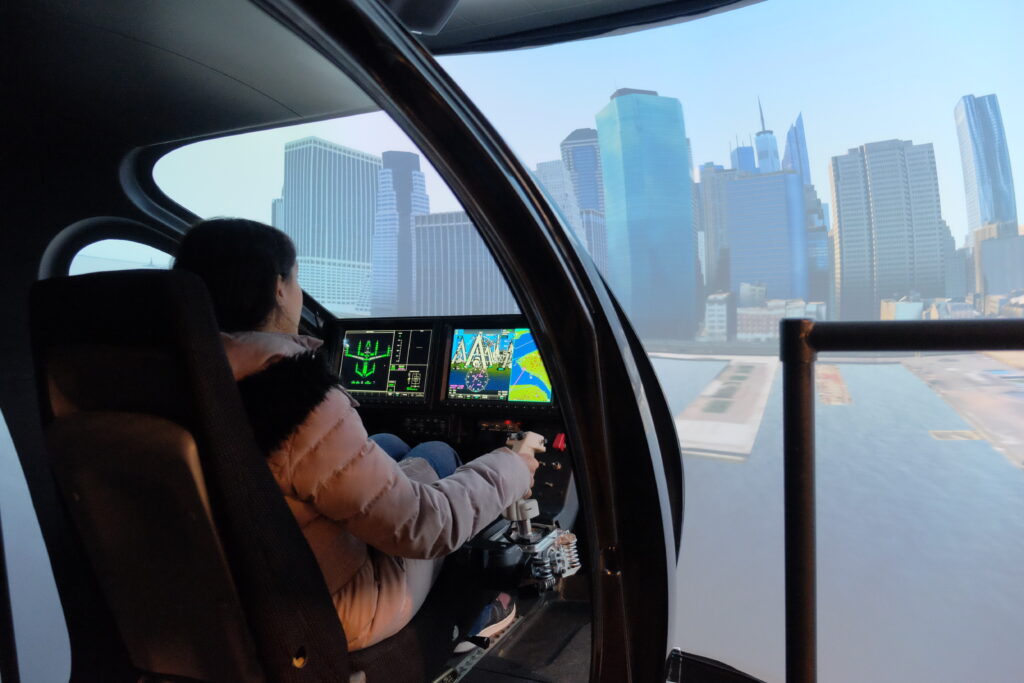 The aircraft borrows inspiration from several forms of air travel, using vertical takeoff that resembles that of a helicopter, forward-thrust gliding travel at speeds around 200 mph similar to a conventional airplane and a visual form factor that may remind many viewers of commercially available drones. The largest influence though, according to Sleeper, is the Bell Boeing V-22 Osprey, an aircraft first used by the American military in 2007 that combines the vertical takeoff and landing functionality of a helicopter with the long-range, high-speed cruise performance of a turboprop aircraft. Both Joby and the Osprey accomplish this with articulating rotors that shift from vertically positioned for lift during takeoff to a frontwards-facing position during flight to achieve smoother and faster flight than a helicopter could ever achieve.
The aircraft borrows inspiration from several forms of air travel, using vertical takeoff that resembles that of a helicopter, forward-thrust gliding travel at speeds around 200 mph similar to a conventional airplane and a visual form factor that may remind many viewers of commercially available drones. The largest influence though, according to Sleeper, is the Bell Boeing V-22 Osprey, an aircraft first used by the American military in 2007 that combines the vertical takeoff and landing functionality of a helicopter with the long-range, high-speed cruise performance of a turboprop aircraft. Both Joby and the Osprey accomplish this with articulating rotors that shift from vertically positioned for lift during takeoff to a frontwards-facing position during flight to achieve smoother and faster flight than a helicopter could ever achieve.